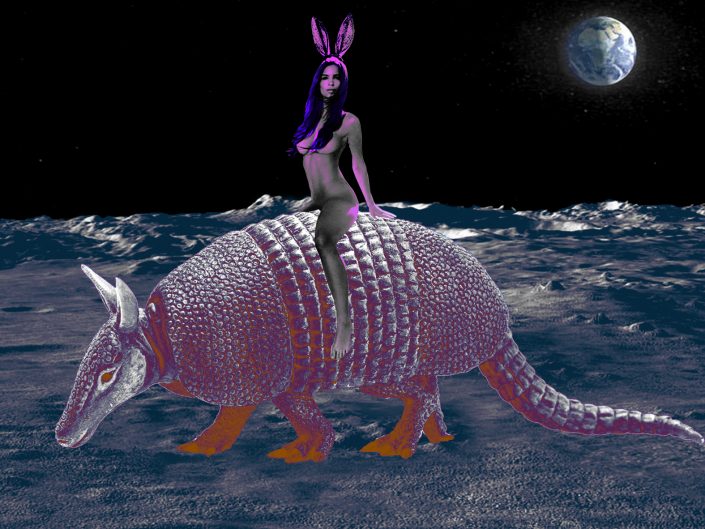Everything is fast, everything is simple, automatic, we trust more in the recommendations of an app than in real experiences, they even catch us better with a great image or creative presentation.
The human being imagined gods, hells, princesses and kings, and that in the moon there was a great rabbit, his imagination and creativity overflowed, great works were created, narrated, written, like “Don Quixote” (Miguel de Cervantes, 1605 and 1615), in films such as “Le Voyage dans la Lune” (Georges Méliès, 1902), now work is created to be a blockbuster, a profitable product.
A Trip to the Moon
The film’s style, like that of most of Méliès’s other films, is deliberately theatrical. The stage set is highly stylized, recalling the traditions of the 19th-century stage, and is filmed by a stationary camera, placed to evoke the perspective of an audience member sitting in a theatre. This stylistic choice was one of Méliès’s first and biggest innovations. With the end of the imagination comes the end of creativity and innovation.
https://youtu.be/Q-hTDsjAHo4
In a dystopian future, humanity will consume drugs approved by the FDA for a few minutes of lucid dreams that connect to a virtual reality because everything in the “real” world is perfect, no thought process is necessary. IA will decide everything for us, even if they want to vote for president.
“No rabbit on the moon” is an acidic and nostalgic journey made up of some elements gathered as collages.







